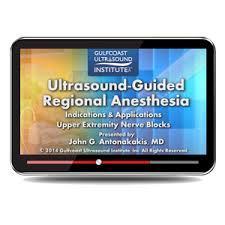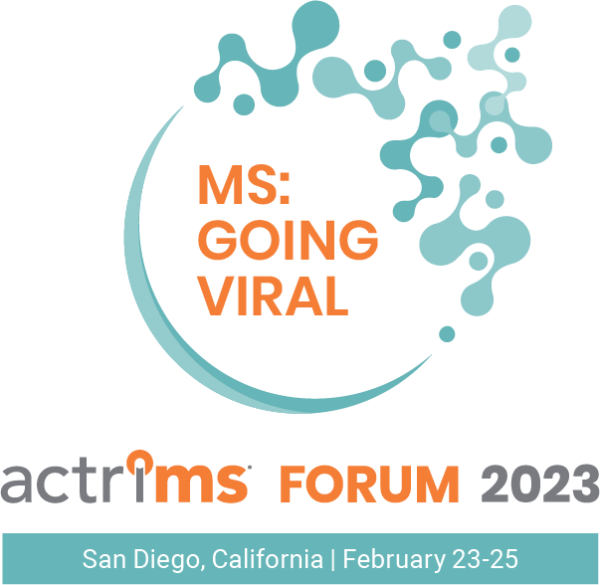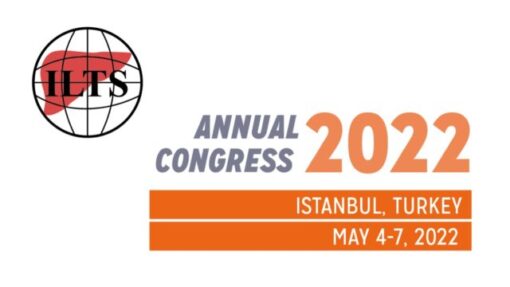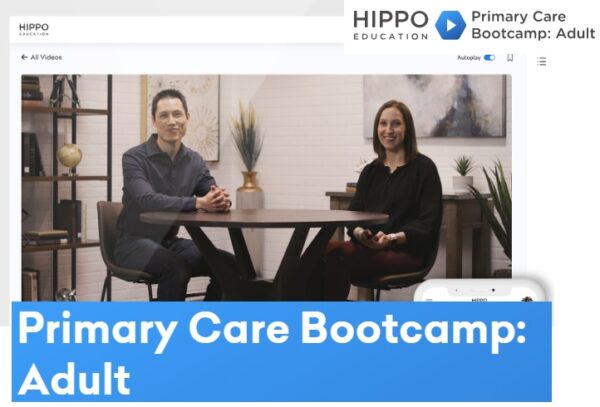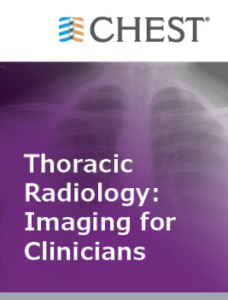An Oasis of Gastrointestinal Pathology 2020 (CME VIDEOS)
Course Description
Diagnostic gastrointestinal pathology is experiencing dynamic, fluid changes that require the attention of surgical pathologists who specialize in this area or who sign-out biopsies from the GI tract and liver. There are updates in the AJCC staging of mucinous neoplasms of the appendix and conceptual changes in interpreting appendectomy samples containing luminal and extra-appendiceal mucin; there is confusion about the diagnosis and outcome of so-called goblet cell carcinoid, and a new classification scheme is available; Barrett’s esophagus is often over-diagnosed but a new method informs separation of reactive changes from low-grade and indefinite dysplasia;
spindle cell tumors can be separated morphologically and by their molecular features; overlapping patterns of injury are encountered in disease and iatrogenic conditions, but can be separated; liver pathology has become more challenging in the context of treatment for Hepatitis C; certain infections maybe mistaken for inflammatory disease, requiring criteria for identification and diagnosis. This faculty derived from the Rodger C. Haggitt Gastrointestinal Pathology Society (GIPS) is poised to provide the latest information in these challenging areas in a unique mentoring environment.
Target Audience
Practicing academic and community pathologists, and pathologists-in-training
Learning Objectives
Upon completion of this educational activity, learners will be able to:
– Recognize several types of appendiceal lesions and their biologic potential
– Compare features of several types of gastrointestinal and hepatic lesions to their mimics
– Understand the morphology and biology ofseveral types of gastrointestinal spindle cell lesions
– Comprehend key features that separate reactive columnar cell proliferations from dysplasia
– Assess endoscopic resection samples
Practicing academic and community pathologists, and pathologists-in-training
Learning Objectives
Upon completion of this educational activity, learners will be able to:
– Recognize several types of appendiceal lesions and their biologic potential
– Compare features of several types of gastrointestinal and hepatic lesions to their mimics
– Understand the morphology and biology ofseveral types of gastrointestinal spindle cell lesions
– Comprehend key features that separate reactive columnar cell proliferations from dysplasia
– Assess endoscopic resection samples
Topics:
- Mirages in Hepatic and Appendiceal Pathology
Some Long Tall Drinks- Lower Tract
Some Long Tall Drinks- Upper Tract
Thirsty for GI Tract Spindle Cell Tumors - Original release date: February 4, 2020
Access to this course expires on: October 17, 2022
Pay methods and How to get it
1. Pay please as per the methods on site See here if want get another way to pay click her CONTACT WITH ME
2- take screen shot when you pay and send to [email protected]
3. Once paid please provide mail id (which does not have registered) and Full name in One MSG to [email protected] like below
Pay with your local payment methods
KSA (Saudia arabia )
/and all Arabic gulf countries / YEMEN/ Egypt VISA Debt card Moneygram /Pak/ iran/ indian/ Bitcoin btc TRC 20 westen union /paypal


